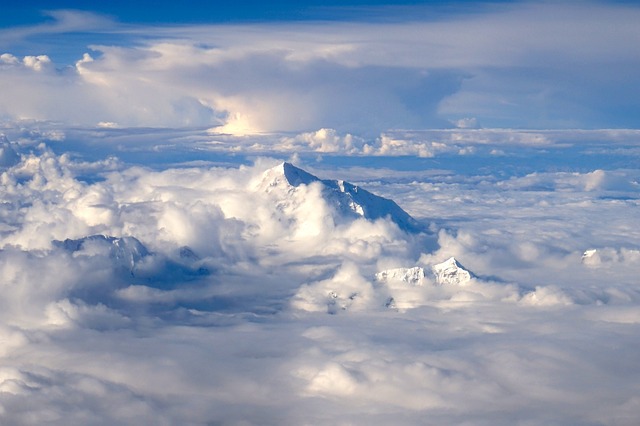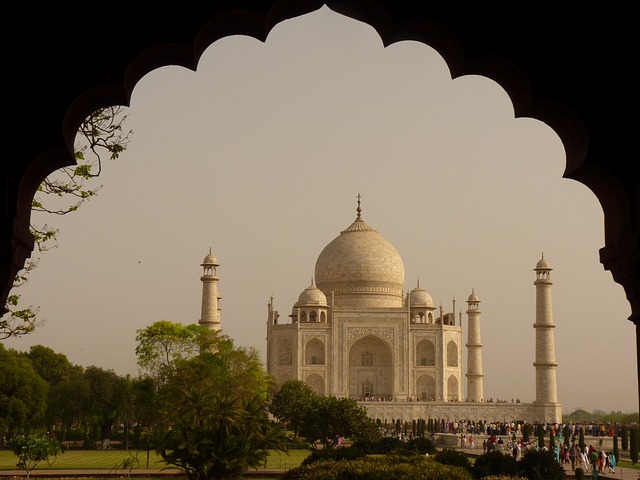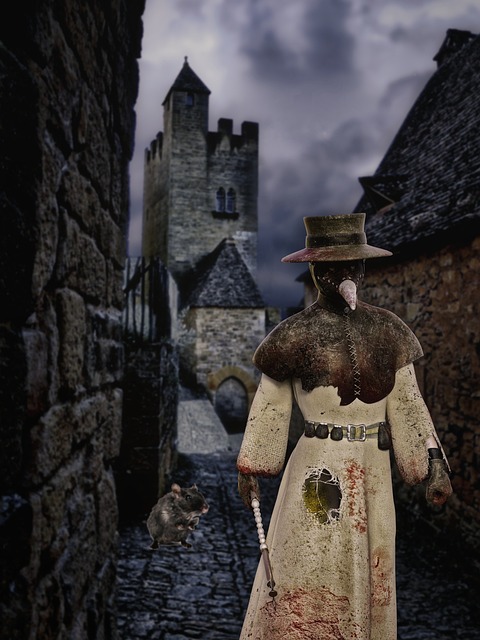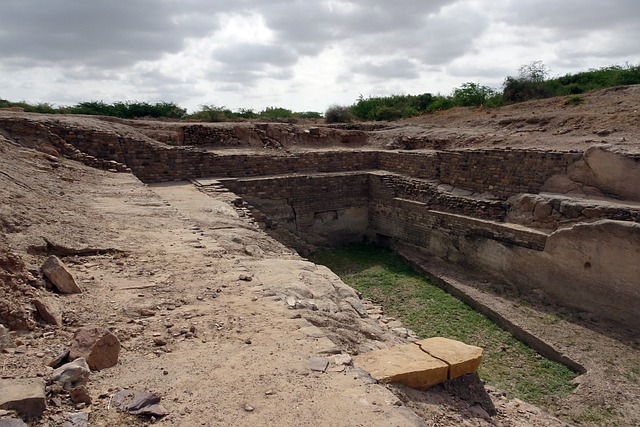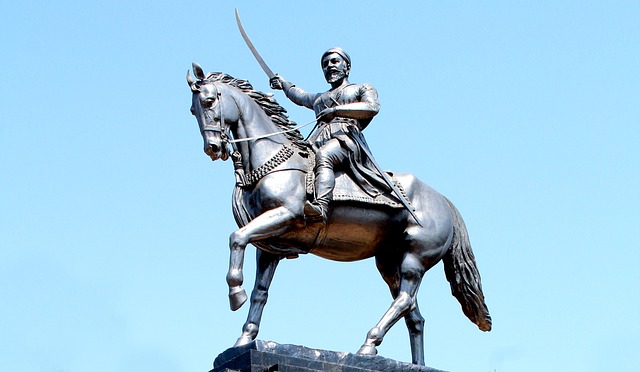
The Forgotten Sea Warriors: How the Maratha Navy Almost Took Over the Oceans
Hold on tight, history lovers! You think you know the Marathas, don’t you? The fearless warriors who stormed the land, giving the Mughal empire nightmares. But here’s the thing—you’re only scratching the surface! What if we told you that the Marathas were more than just land conquerors? What if they were the true rulers of the sea long before the British and Portuguese ever set sail on Indian waters?
That’s right. The Maratha Navy—or should we say the Maratha Sea Warriors—were a powerhouse that nearly outwitted, outpaced, and outclassed the European naval giants. And yet, their epic maritime legacy remains mysteriously forgotten. Ready to dive into this untold, spicy saga?
1. Shivaji Maharaj’s Big Sea Dream: Not Just Land, But the Ocean Too!
Imagine this: it’s the mid-1600s, and while the rest of the world is obsessed with land wars, Shivaji Maharaj is sitting in his palace, looking at the horizon and thinking, “Why settle for the land when I can rule the oceans too?” While everyone else was building kingdoms in the mountains, Shivaji was busy crafting one of the most daring naval strategies India had ever seen.
The idea was bold, even radical. Why let foreign invaders—mainly the Portuguese and Dutch—dominate India’s shores? Why not create a naval force that could make the oceans tremble? This vision was so ahead of its time that most didn’t see it coming. But when Shivaji started executing it, the tides of Indian history would never be the same again.
2. Enter the Sea Warriors: Building the Maratha Fleet of the Future
Shivaji wasn’t about big ships that moved like glaciers. He was more interested in creating lightning-fast ships, ships that could strike with the fury of a thunderstorm and disappear before the enemy even knew what hit them. Gallivats—small, maneuverable ships—were the Marathas’ secret weapon.
What made the Maratha Navy stand out? Their ability to think like pirates—using the element of surprise to their advantage. They didn’t need big battleships; they needed speed. A Maratha fleet could appear out of nowhere, unleash a storm of attacks, and vanish before the enemy could react.
Kanhoji Angre—the Maratha Navy’s most feared pirate king—wasn’t just a commander. He was a legend. He struck fear into the hearts of the Portuguese, Dutch, and even the British. His ability to trap enemy ships, block their ports, and raid coastal settlements became the stuff of maritime folklore.
3. The Battle of the Waves: Marathas vs The Europeans
Imagine the chaos of this—an intense sea battle, where Maratha warships with their pirate-like speed engage in furious combat against the slow-moving, bulky European ships. These weren’t your average battles. These were hit-and-run skirmishes, where the Marathas were the wolves, and the Europeans were the unsuspecting lambs.
- The Battle of Suvarnadurg (1668): The Portuguese had no idea what was coming. In a brilliant move, the Marathas used the cover of night, attacked the Portuguese fortress at Suvarnadurg, and utterly humiliated them. Not only did they capture the fortress, but they also sent a clear message to European powers: India’s seas were not theirs to claim.
- The Battle of Colaba (1714): The British East India Company may have been the most powerful force in the world, but they weren’t ready for the ferocity of the Maratha Sea Warriors. Kanhoji Angre led his fleet to a victory that left the British reeling. For them, it was a defeat they couldn’t forget. For the Marathas, it was another day at sea.
4. The Secret Sauce: Swift Ships and Sea Guerrilla Warfare
What made the Marathas so dangerous wasn’t just their ships; it was their guerrilla warfare tactics at sea. Unlike the stiff European strategies that involved grand, open battles, the Marathas operated more like ghosts of the sea. They struck quickly, fought ferociously, and disappeared just as fast.
Imagine this: you’re sailing along India’s coast, thinking you’re safe. Suddenly, a fleet of agile Maratha ships appears on the horizon, rams their way through your defenses, and vanishes just as quickly as they came. Before you know it, you’re sailing back to Portugal with nothing but a defeat to show.
5. The Downfall: When the Storms Began to Fade
So, what went wrong? How did this formidable naval empire fall? After Shivaji’s death in 1680, internal strife and shifting allegiances began to weaken the Maratha Navy. Without the unifying force of their legendary king, the naval fleets fragmented.
And then, the British arrived. Armed with superior technology, larger ships, and a more organized military, they began to overpower the Marathas, especially as the latter’s naval focus diminished. Kanhoji Angre’s death in 1729 was the final blow. The Maratha Navy that had once dominated the seas now slowly lost its grip, and the European powers took full control of India’s coastal waters.
6. The Lost Legacy: Why Doesn’t Anyone Talk About This?
The Maratha Navy’s story is a forgotten epic. Imagine an empire that almost dominated the seas—an empire that could have altered the course of history. What’s left of this legacy today? Not much—just a few coastal forts and a handful of legends.
But, let’s not forget that the pirate-like tactics of the Marathas are still studied in military schools across the world. The Marathas, with their speed, surprise, and mastery of coastal geography, were the true pioneers of maritime guerrilla warfare.
Today, the forts of Sindhudurg, Murud-Janjira, and Janjira still stand as silent reminders of the Maratha Sea Warriors’ reign. The next time you visit these coastal marvels, remember: these weren’t just fortresses—they were the launchpads of India’s boldest, fiercest sea empire.
Conclusion: The Maratha Navy—India’s Unseen Ocean Empire
The story of the Maratha Navy is one of boldness, strategy, and unmatched courage. They weren’t just warriors; they were visionaries. They understood that the sea wasn’t just a barrier, it was a path to power. Their naval battles weren’t just about survival—they were about challenging empires, defying colonial powers, and showing that India could stand strong, even on the ocean waves.
So next time you think of the Marathas, don’t just picture them on horseback or in battle formations. Think of them as Sea Warriors, lords of the ocean, ruling the waves with unparalleled might. It’s time the world remembers the unsung naval empire of the Marathas. Let’s make sure their legacy lives on.
Got your mind blown? Drop a comment and let us know what you think about the Maratha Navy—did they deserve more recognition? Let’s dive deeper into India’s rich maritime history together!
